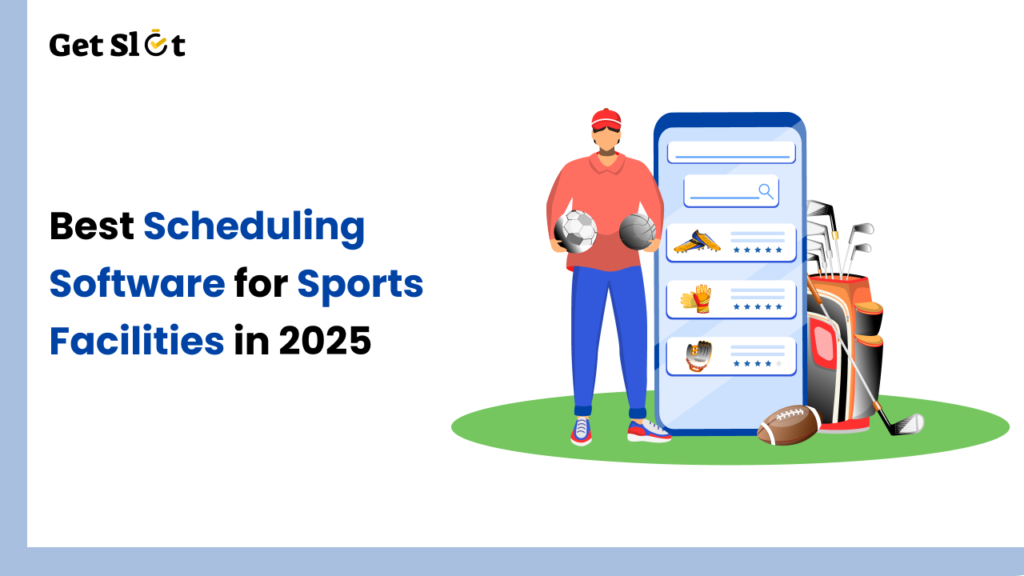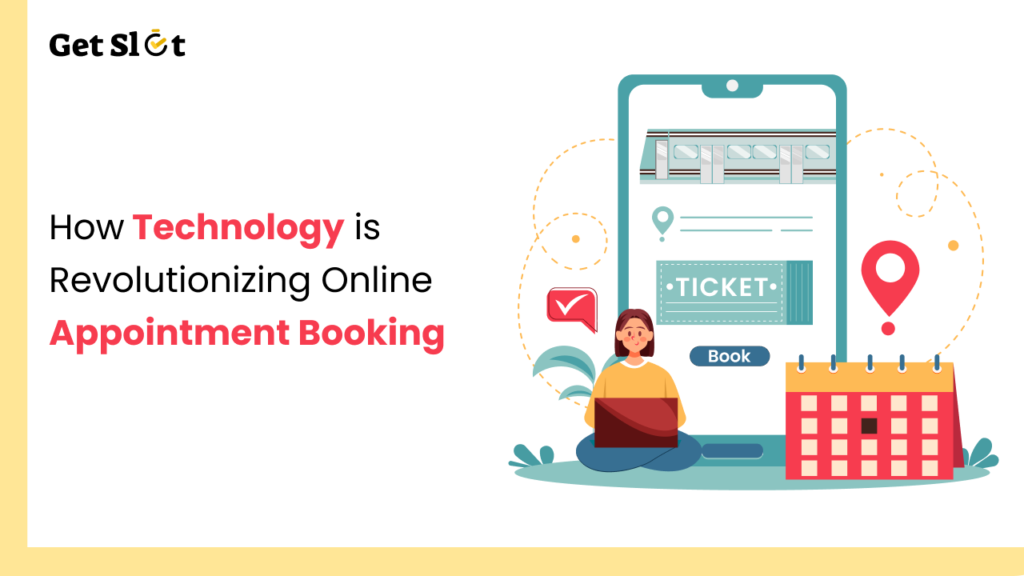Introduction
As a sports facility to run effectively, scheduling needs to be performed properly. Using reputable scheduling software is essential given the increasing need for scheduled sports activities. Sports facility managers can manage workers, maintain a record of reservations, and ensure the greatest use of available space with the help of the best scheduling software. Better capabilities to simplify scheduling duties can be obtained in 2025 using improved applications. This in-depth manual allows you to select the best scheduling software for sports facilities according to your requirements.
Why Sports Facilities Need Scheduling Software
Sports facilities handle many kinds of activities, teams, and bookings. Errors, duplicated bookings, and misunderstanding may arise from manual scheduling. These problems are solved by scheduling software, boosting productivity by automating processes. Sports facilities require software for scheduling for the following reasons:
- Avoid Double Bookings: Real-time reservation management helps avoid disputes.
- Save Time: Decrease the quantity of labor involved by automating scheduling tasks.
- Better Communication: Schedules can be easily shared with employees, groups, and clients.
- Data Tracking: Keep an eye on patterns of usage and produce reports.
- Customer Convenience: Registration bookings and cancellations online.
Key Features to Look for in Scheduling Software
It’s crucial to consider important elements when selecting the best scheduling software. The way the application meets your needs is defined by these characteristics. Keeping a look out for the following abilities:
1. Online Booking System
- Enables clients to book facilities online.
- Gives real-time availability updates.
2. Automated Scheduling
- Automating the scheduling process reduces the number of manual errors.
- Automatically adjusts schedules to avoid disturbances.
3. Facility Management
- Tracks several sports fields, courts, or rooms.
- oversees the use of equipment and maintenance schedules.
4. Payment Integration
- Accepts online booking payments.
- Financial reporting and invoicing are provided.
5. Reporting and Analytics
- Creates usage reports to analyze trends.
- Tracks income, attendance, and operating information.
Best Scheduling Software for Sports Facilities in 2025
Here are the top scheduling software alternatives for sports facilities in 2025. Every component of software has special tools to effectively handle scheduled duties.
1. Getslot
Getslot is a trusted software that makes scheduling and management simpler for sports facilities. It offers a user-friendly interface both organizing and tracking facility use. You can manage complex schedules and many locations with Getslot.
Key Features:
- Real-time availability for online reservations.
- Automatic notifications and reminders.
- Regulations for scheduling can be modified.
- Financial tracking and payment processing.
- Comprehensive analytics and reporting.
2. Mindbody
A popular scheduling program that works across a variety of sporting facilities is Mindbody. It offers tools for managing employees, arranging classes, and handling payments.
Key Features:
- Online scheduling of appointments.
- Scheduling of personnel and resources.
- Invoicing and billing are automated.
- CRM stands for customer relationship management.
3. eSoft Planner
A complete solution for scheduling sports facilities is eSoft Planner. It involves everything from collecting payments to making reservations online.
Key Features:
- Support for many locations.
- Make reservations for classes, camps, and rentals.
- Administration of memberships.
- Customized reports.
4. Skedda
Skedda is a scheduling tool for sporting facilities which runs on the cloud. It has a reputation as being user-friendly and flexible.
Key Features:
- The booking calendar is active.
- Personalized reservation guidelines.
- Payments can be made online.
- Incorporation of access control.
5. EZFacility
Sports facilities can use EZ Facilities scheduling and management features. It includes advanced characteristics that enable many kinds of applications.
Key Features:
- Bookings and payments are made online.
- Facility utilization tracking.
- Staffing plans.
- Reporting and analytics.
How to Choose the Best Sports Facility Management Software
Your particular requirements will influence which athletic facility software is best for you. When selecting an option, take consideration of the following factors:
1. Identify Your Requirements
- Calculate how many facilities you need to oversee.
- Take the kinds of activities and scheduling requirements into account.
2. Evaluate Key Features
- Give features like automated scheduling and online booking the highest priority.
- Verify the monitoring and payment integration features.
3. Consider Ease of Use
- Select software that has an easy-to-use interface.
- Ensure that the system is easy for staff to understand & operate.
4. Check Customer Support
- Choose software with dependable customer service.
- Check that instruction resources and support are available.
5. Compare Costs
- Analyze pricing structures and fees related to transactions.
- Bring scalability and future costs into account.
Benefits of Using Scheduling Software for Sports Facilities
Sports facilities are quicker when they use scheduling software. Here are a few advantages:
- Improved Efficiency: Schedules are automated, reducing the number of human tasks.
- Better Customer Experience: It allows for online booking and timely responses.
- Error Reduction: Reduces double booking and scheduling issues.
- Data Insights: Provides reports for tracking revenue and facility use.
- Scalability: Supports expanding businesses with several locations..
Common Challenges in Sports Facility Scheduling
There are difficulties in arranging sporting facilities, regardless of the advantages. Effective answers to these problems can be discovered in software.
- Handling Last-Minute Changes: Automated scheduling enables quick to adjust to change.
- Managing High Demand: Financial management becomes easier with integrated payments.
- Coordinating Staff: Scheduling software allows employees to match facilities usage.
- Tracking Payments: Financial management becomes easier with connected transactions.
Future Trends in Scheduling Software for Sports Facilities
Software for planning is always being improved by innovation. Future trends include the following:
- AI Integration: Automates decision-making and optimizes schedules.
- Mobile Access: Improves scheduling using mobile-friendly platforms.
- Customization: Allows for customizable scheduling rules and procedures.
- Data-Driven Insights: Advanced analytics improves decision-making
Conclusion
For effective management, selecting the finest scheduling software for sports facilities is essential. They enhance customer satisfaction and simplify operations with advanced functions like automatic scheduling, online booking, and payment integration. Systems like Getslot, Mindbody, and EZFacility may be utilized by a large multi-location facility or a local sporting center. To enhance your your overall effectiveness and accelerate scheduling, evaluate your needs and choose the course of action which best suits your goals.
FAQs
1. What is the best scheduling software for sports facilities?
The best scheduling software depends on your needs. Options like Getslot, Mindbody, and EZFacility offer comprehensive features for managing sports facilities.
2. How does scheduling software improve sports facility management?
Scheduling software manages payments, avoids duplicate appointments, automates bookings, and provides reports that help in making choices.
3. Can scheduling software handle multiple locations?
Yes, many scheduling software solutions, including Getslot and eSoft Planner, support multi-location management.
4. Is online booking available with scheduling software?
Most modern scheduling software includes online booking features for customer convenience and real-time updates.
5. How do I choose the best sports facility management software?
Consider your facility’s needs, evaluate key features, check ease of use, assess customer support, and compare costs before choosing software.


